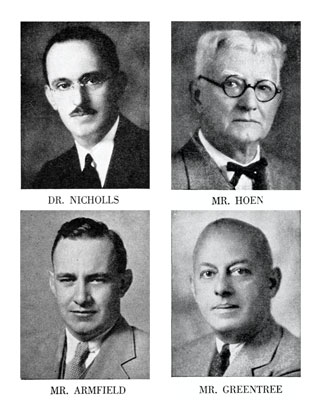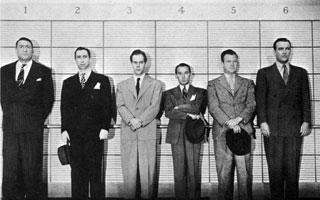
Of all the objects that we see during our lifetime, none is seen more frequently than the human face. We read a variety of critical information from the face: identity, mood, age, gender, race, and state of attention. We do so quickly and without conscious effort, because we have hundreds of millions of neurons whose sole purpose seems to be to process information about the human face. There are regions of the cerebral cortex, particularly in the lateral fusiform gyrus and posterior superior temporal sulcus, where neural activity is triggered primarily by viewing a human face. The power of this neural processing only becomes apparent when it is impaired, say, by a stroke. It is, unfortunately, not uncommon to have a stroke in the lateral fusiform gyrus of the right hemisphere which destroys the face processing capacity of this region. The stroke victim can end up normal in every respect except one: the victim can no longer recognize faces. Even the victim's own face, seen in a mirror, is unrecognizable. This condition, called prosopagnosia, leads to obvious and serious social problems. All faces look pretty much alike to the prosopagnosic, so it becomes impossible to visually recognize friends, or even family members.

In a crowded auditorium or at a party, the prosopagnosic only sees a sea of indistinguishable faces. The prosopagnosic can recognize friends by the sound of their voice, but not by the look of their face. In some cases, prosopagnosia is caused not by stroke but by genetic disorder. The resulting developmental prosopagnosia can vary in severity depending on the number and precise locations of the genetic mutations. In the most severe cases, the failure to recognize faces is complete. In less severe cases, the impairment is partial. In one particularly interesting variant, the prosopagnosic can fairly readily recognize faces if they are seen upright, but has difficulty recognizing a face, or facial expression, if the face is shown upside down. This variant, called prosopinversia, is particularly easy to diagnose. One simply shows a person images of famous faces both upright and inverted, and asks them to identify the faces or their expressions. Normals do equally well with the upright and inverted faces. Prosopinversics show significantly poorer performance with the inverted faces. Prosopinversia is, fortunately, a recessive trait, so that it is only passed on to children if both parents have the mutation.